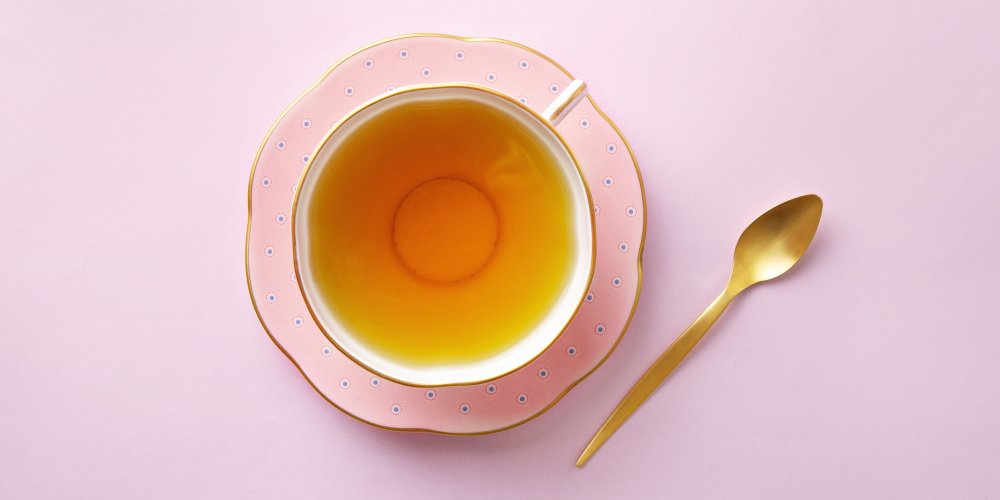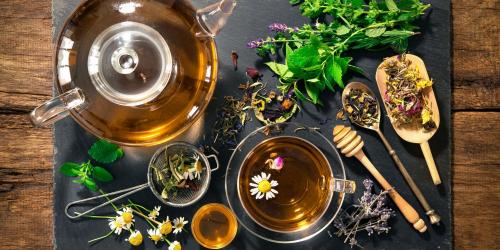Tea is one of the richest foods in polyphenols, natural compounds that play a key role in disease prevention and optimal functioning of our brains.
But to take full advantage, we must opt for quality products. Low-end teas, which usually contain only old leaves and not young shoots, are low in protective nutrients. They may even be at risk for fluoride poisoning, as British researchers at the University of Derby * have shown.
- It protects the heart
Drinking tea daily lowers blood pressure (by 2 to 3 points), which reduces the risk of myocardial infarction and stroke by 10 to 15%, according to Australian researchers at Sydney University. .
A study by INRA ** also showed that pu-erh tea Hao Ling ® (Tea Pagoda) halves cholesterol and three triglyceride levels in the blood, two risk factors for cardiovascular conditions.
- He keeps cancer away
The tea is opposed to the proliferation of cancer cells thanks to its high content of catechins, ultra-powerful polyphenols.
Green tea is the most protective. "It contains more catechins: 30 to 40% of the dry matter, against only 2% to 10% for black tea," says nutritionist Angélique Houlbert. It also appears to limit the growth of blood vessels that supply tumors. That's why aficionados of green tea have a 30% lower risk of cancers of the ovaries, throat, colon, bladder and lungs. On the other hand, its effects against breast cancer remain controversial according to the National Cancer Center of Tokyo (Japan).
- He fights colds and flu
Tea flavonoids have antibacterial and antiviral properties that blunt winter infections (rhinopharyngitis, angina ...). One of its other ingredients, theanine, stimulates our immune defenses, which boosts our ability to control microbes.
White tea is the most effective: it even neutralizes salmonella that can contaminate food (meat, eggs, raw milk cheese).
- It promotes weight loss
University of California biologists have just proved that decaffeinated green and black teas regulate weight by rebalancing the composition of the intestinal flora. Their study, published in late September 2017 in the "European Journal of Nutrition" ***, suggests that they act as prebiotics , substances that promote the growth of good digestive bacteria and thus improve metabolism remotely.
Regular tea drinkers are about 4 kilograms less on the scale than the others, with the same diet and physical activity.
- It strengthens the strength of the bones
Like fruits and vegetables, tea fights against the acidity of the body, induced by the modern diet, too rich in meat and cereals. The less acidic the organism, the less the bone capital is threatened. The tea also contains phytoestrogens, substances that mimic the action of female hormones and slow down the frequent demineralization of bone during menopause .
Thirsting for tea - especially green or semi-fermented (oolong) - reduces the risk of fracture of the hip or femur due to osteoporosis by 27%.
- It reduces stress
Although it contains a little caffeine (40 mg per cup on average, compared to 115 mg for a filter coffee), the tea soothes nervous tension because it delivers L-theanine, an amino acid that induces the production of relaxing alpha waves in the brain. The younger the leaves, the more they are concentrated in theanine.
For a return to inner calm, plunge your tea for a minute in hot water, then discard this first water before infusing it again.
You will take a cup again?
* www.derby.ac.uk/newsevents/news/archive/news-archive/cheaper-supermarket-teas-could-cause-fluoride-related-illnesses.php
** National Institute of Agronomic Research
*** https://link.springer.com/article/10.1007/s00394-017-1542-8




